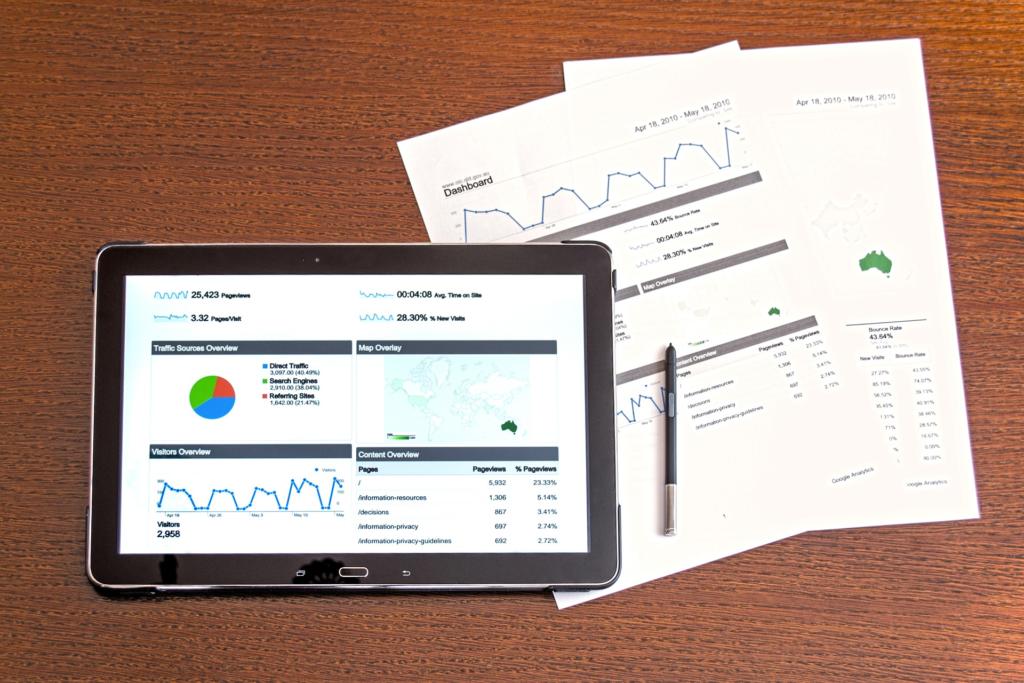Breaking down the LinkedIn Algorithm
Explaining the working and importance of the LinkedIn algorithm and how you can find your place on the platform following just a few simple steps

Building connections in your industry or keeping in touch with your colleagues, landing your first job, or getting back to work after a significant break. LinkedIn is the only platform that comes to mind when one ponders over the aforementioned things.
While curating content on LinkedIn one needs to make sure that the content is precise and explicit. Being a formal platform, content on LinkedIn is not as fancy as other social media platforms such as Instagram or Facebook. One might think that the content on LinkedIn is boring, which might be true to some extent, but this is what makes it the perfect platform for business – away from all distractions.
Finding your spot on LinkedIn
How to do it?
Finding a spot on LinkedIn would be an easy task if one follows the LinkedIn algorithm. Social media apps like Instagram, Facebook, and Twitter are popular names when it comes to following an algorithm. But LinkedIn too follows a strict rule when it comes to hosting and promoting content on the platform. LinkedIn has critical parameters which sort content and allow only what is optimal for the platform.
Why is algorithm important?
An algorithm aids in sorting content that is posted on any platform. Consider comprehensively scavenging for a job on LinkedIn, the painstaking and anxious efforts of sorting through every job that might be suitable for you, applying to them one by one, and then you are interrupted by an unwanted ad or a post that has no value to you. That will surely have a negative impact on you and might even affect your work. To avoid this, LinkedIn follows an algorithm so that you can focus on what’s important without interruptions. The algorithm helps you show what is best for you leaving out the rest.
If you are someone who is posting content, following the algorithm should be your first priority. It helps your content rank better, makes your posts go viral, and helps you in getting noticed.
How does the LinkedIn Algorithm work?
Here’s how the algorithm works:
LinkedIn Content Filter:
LinkedIn has a content filter that categorizes content into three different groups –spam, low quality, and clear. You might fall into the spam category if you use bad grammar, plainly advertise your product or service, or even if you tag too many people. Your content might be flagged as low quality when it is not spam but is not even good. It falls under the clear category when your content is easy to read, provides valuable information, and has robust keywords. To steer forth, one needs to make sure to be always be in the clear category. When a content is posted, it is only visible to part of your connections. If they engage with your post, then LinkedIn gives the content a ‘green signal’ making it visible to the rest of your connections.
Golden Hour:
The first 60 minutes after you post any content is called the golden hour for your content. This is time when you should make use of your connections and ask them and your family and friends to engage with the content. Ensure that your content is getting enough likes, shares, and comments. This tells LinkedIn that if your content is performing well in golden hour, it will be a success even after it. To make a thorough use of the golden hour, ensure that you are posting at a time when your majority of your followers are active, curate engaging and original content so that your posts organically drive traffic, strategically place the keywords and use right number of hashtags.
Avoid the ‘SPAM’ label: When you do not like any content on LinkedIn, you report it. This downgrades the content score of that content. You need to avoid anything like that happening to your content. This may sound difficult, but can be accomplished in a few easy steps:
- Make content that is valuable for your audience, and ensure it provides information and is interesting to consume.
- Abstain from creating gimmicky content and respect the tone of the platform
- Ensure you are offending anyone or hurting anybody’s sentiments through your content
- Do not bluntly advertise and try keeping the outbound links confined to the comments section.
Finally
The LinkedIn algorithm will help you boost the visibility of your content provided you follow the rules. To summarize the algorithm, in short, being relevant and creating content that provides value to the reader, avoiding outbound links, making the content engaging, and posting appropriate content would ensure your content is gaining organic traffic and sailing through the algorithm. While following all aspects of the algorithm might not always be feasible, it is advised that keeping up with it as much as you can lead to increasing your content visibility.



